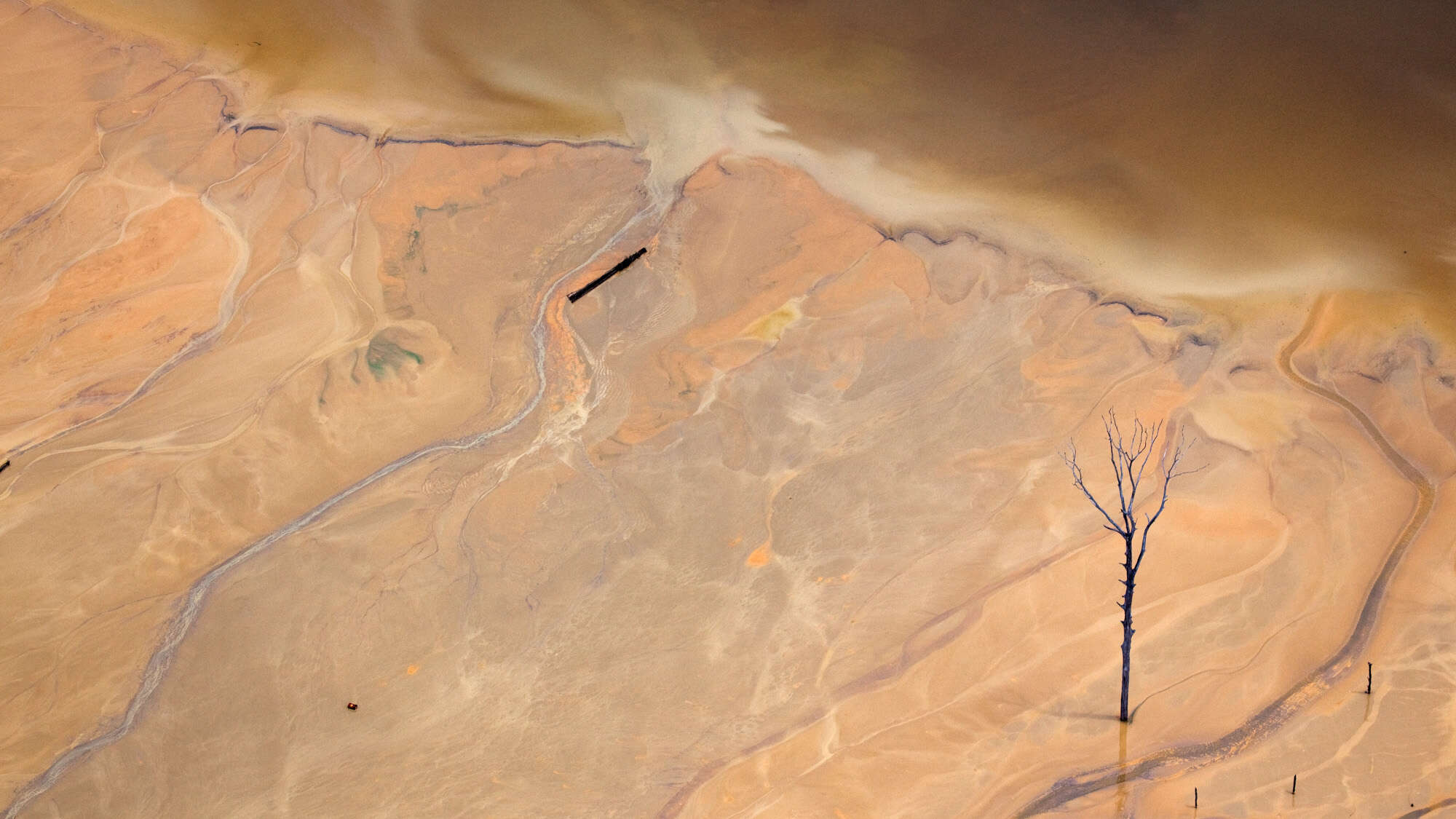Daniel Beltrá, a Madrid-born photographer now calling Seattle, Washington, his creative haven; has a distinctive approach to his photography. His most captivating works are large-scale photographs taken from the air, providing viewers with a sweeping panorama of our world’s wonders and woes.

©Robert_Leslie
His unwavering passion for conservation can be seen from this elevated vantage point as he skillfully reveals the contrast of nature’s magnificence and humanity’s destructive footprint.
Beltrá’s impact extends beyond the confines of the photography world; he received the Prince’s Rainforest Project award from Prince Charles in 2009, and in 2013, the BBVA Foundation recognized his contributions to conservation. He’s also a three-time recipient of World Press Photo awards for his work in the Amazon, and in 2008, he received the inaugural “Global Vision Award” from Pictures of the Year International. His work has graced the pages of esteemed publications such as The New Yorker, Time, Newsweek, The New York Times, Le Monde, and El Pais, among many others.
Over the past two decades, Daniel Beltrá has embarked on a remarkable journey across all seven continents, from the Amazon rainforests to the Arctic’s icy expanses, and the depths of the Southern Oceans to the windswept Patagonian ice fields. His dedication to the environment and the compelling stories he tells through his lens have earned him numerous accolades, including the prestigious Wildlife Photographer of the Year Award and the Lucie Award for International Photographer of the Year – Deeper Perspective, both bestowed upon him in 2011 for his coverage of the Deepwater Horizon Gulf Oil Spill.
As a fellow of the International League of Conservation Photographers, his work continues to inspire and ignite a sense of urgency in us all to safeguard the natural wonders that surround us.
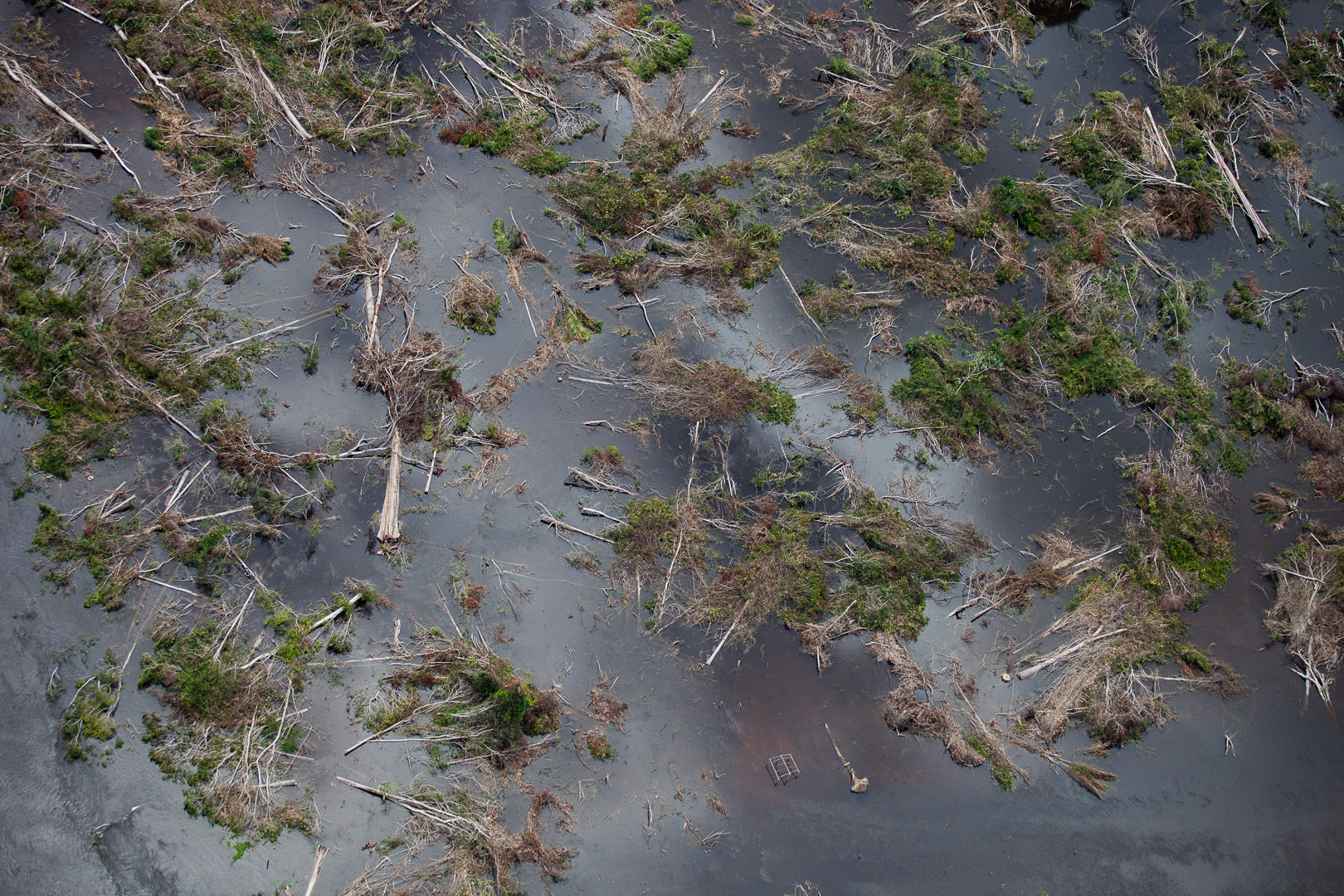
The Interview
Q: How would you describe your art and its purpose?
Beltrá: “I find inspiration in the beauty and complexity of nature. The fragility of our ecosystems is a continuous thread throughout my work. My photographs show the vast scale of transformation our world is under from human-made stresses.
To capture this, I often work from the air, which more easily allows for the juxtaposition of nature with the destruction wrought by unsustainable development. The unique perspective of aerial photography helps emphasize that the Earth and its resources are finite.
By bringing images from remote locations where human and business interests and nature are at odds, I hope to instill a deeper appreciation for nature and an understanding of the precarious balance our lifestyle has placed on the planet.”
Q: Your photography is celebrated for its stunning visuals and its strong environmental message. Can you share a pivotal moment or experience that first inspired you to use your art as a platform for conservation and what message do you hope viewers take away from your work??
Beltrá:: “In 2009 I was the lucky recipient of Prince Charles Rainforests Project Award. A fully funded trip to the main tropical forest regions aimed to highlight the link between deforestation and global warming. We made a beautiful book that Prince Charles gave to the main world leaders during the 2009 Copenhagen Climate Summit. We had exhibitions in London, Paris, Berlin and New York. The project was a photographer’s dream, it helped bring this crucial issue in front of a very large audience.”
Q: Many of your photographs are taken in remote and challenging locations. Can you describe a particularly memorable or challenging experience while capturing an image that stands out in your career, and how did it influence your artistic approach?
Beltrá: “One of my images (the flock of scarlet ibis) was taken at the end of a long trip documenting for Greenpeace many of the environmental issues affecting the state of Amapá (north of the Amazon delta). We had wrapped the project, a bit depressed after witnessing so much destruction. That day we were flying back to Manaus where the plane was based. We were cruising at a high altitude when I saw an explosion of red color under us. I asked Fernando our pilot to turn around and follow the birds at a safe distance. The resulting image (shot with a telephoto) is incredible and a good reminder of why I do the work I do: our planet is still a gorgeous place and we need to do our best to protect it. I love images that challenge your perception.”
Q: What projects or initiatives are you currently involved in, and how do you see your role as an artist evolving in the ongoing battle against climate change and the preservation of our planet’s natural wonders?
Beltrá: “I’m currently preparing a project to document the Ukrainian Ecocide: the environmental damage caused by the war. It’s going to be very challenging and a first for me since I’ve never photographed using drones. That is taking most of my time lately: learning to fly drones and trying to raise funds for the project. Photography has changed so much these last years. Unfortunately it is more and more difficult to find resources, even for these issues that are so important. The printed media is gradually disappearing, so photographers need to be more and more creative in order to produce in depth stories.”
You can learn more about Daniel Beltrá, his art and his installations by visiting his website: danielbeltra.photoshelter.com.
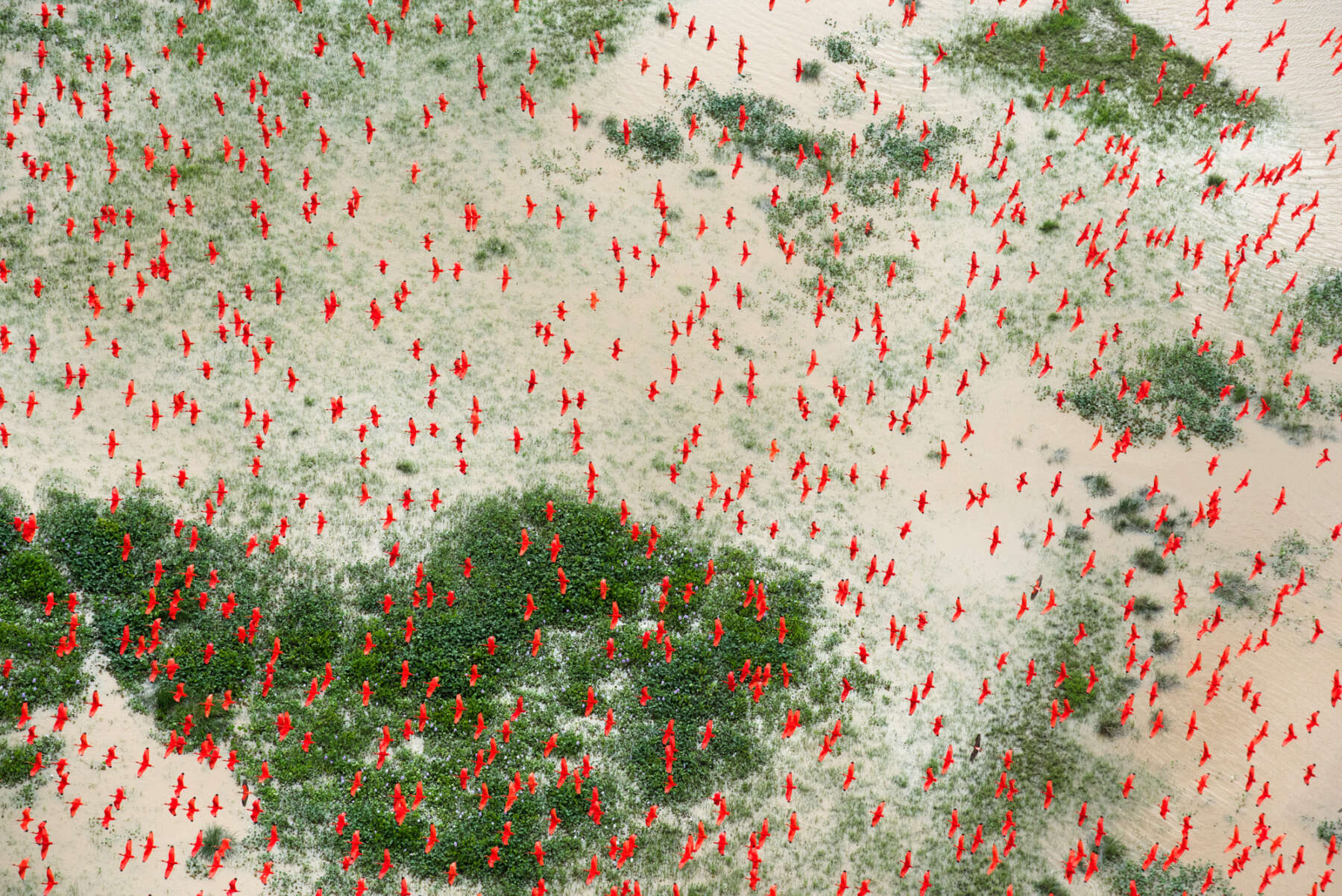
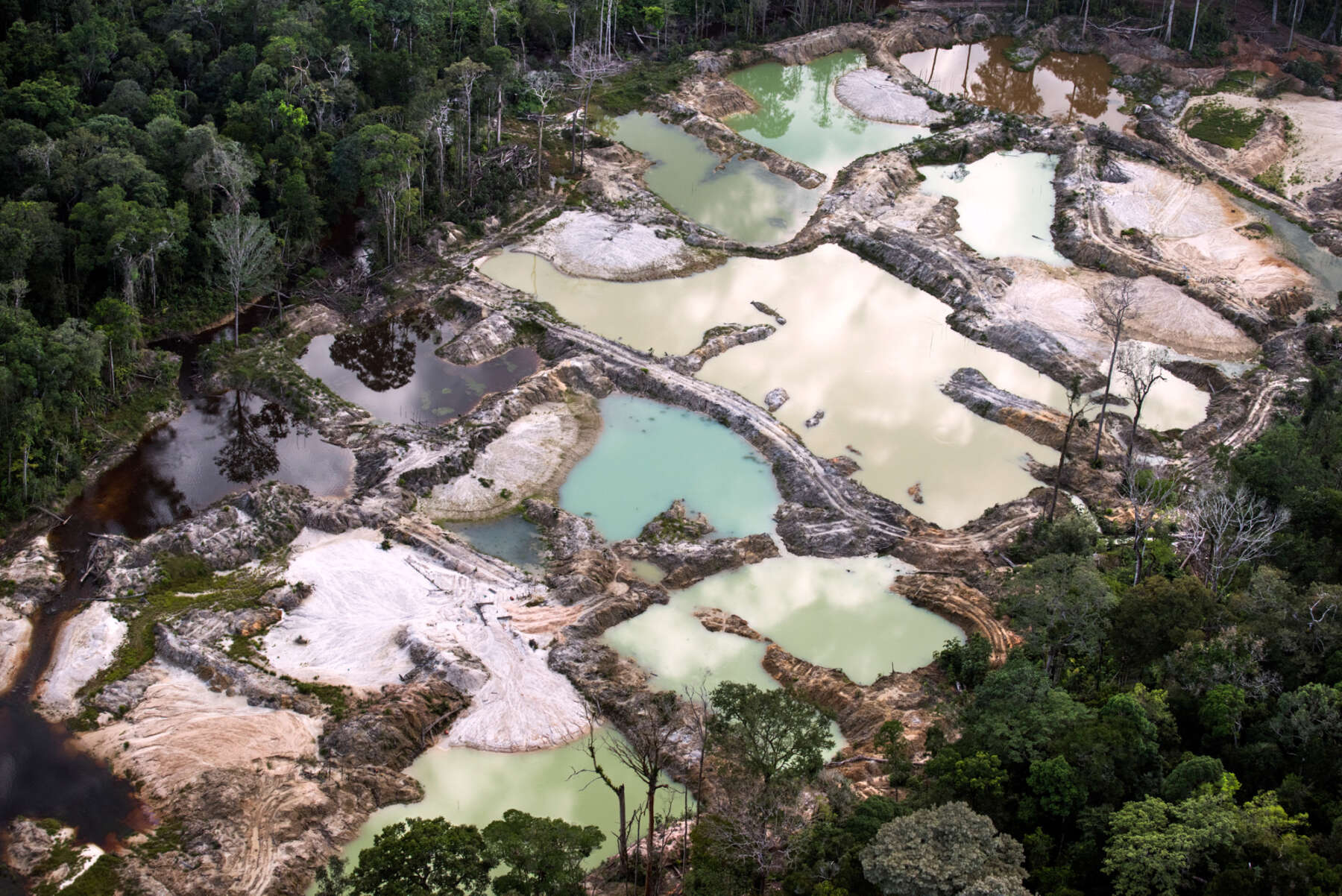

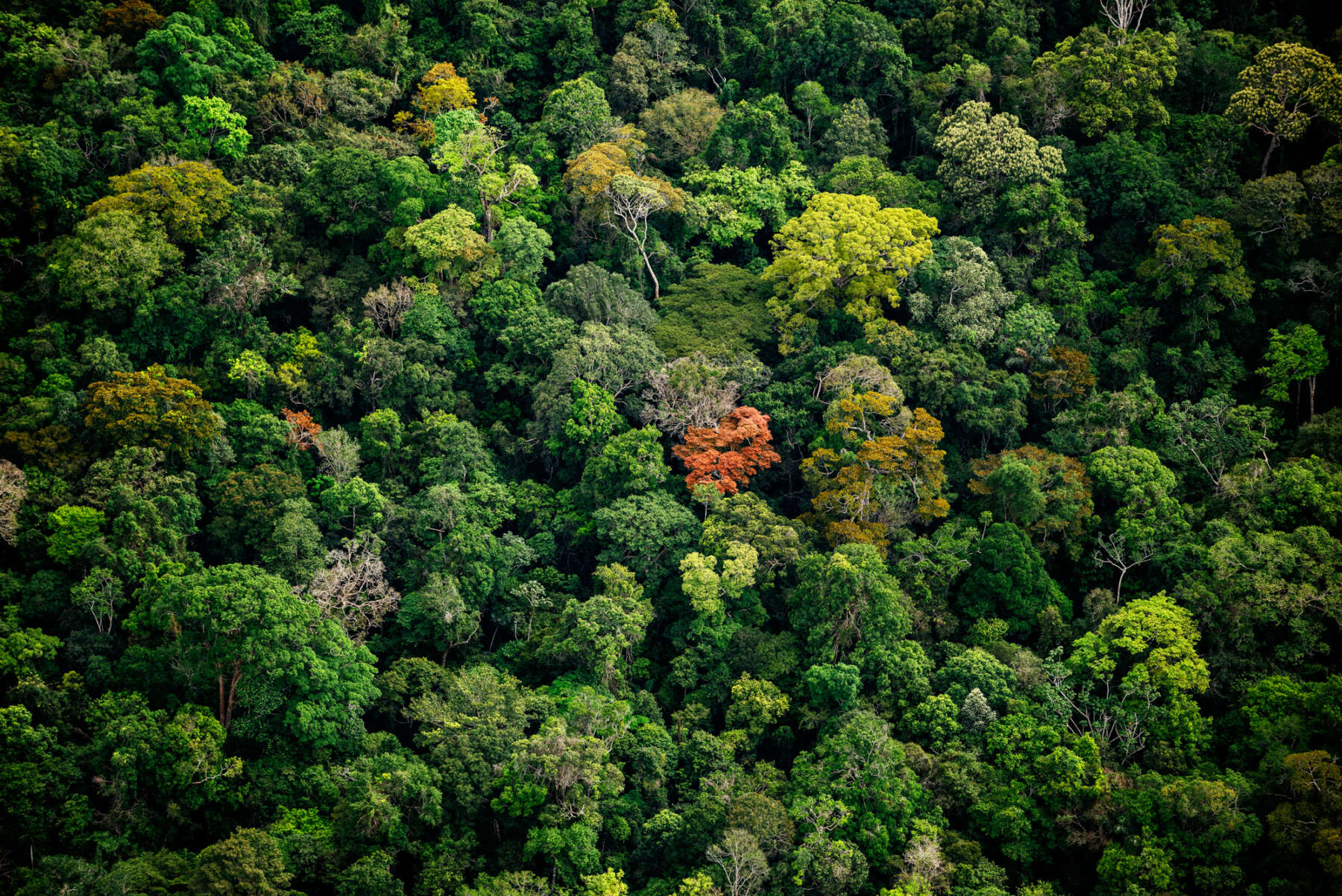
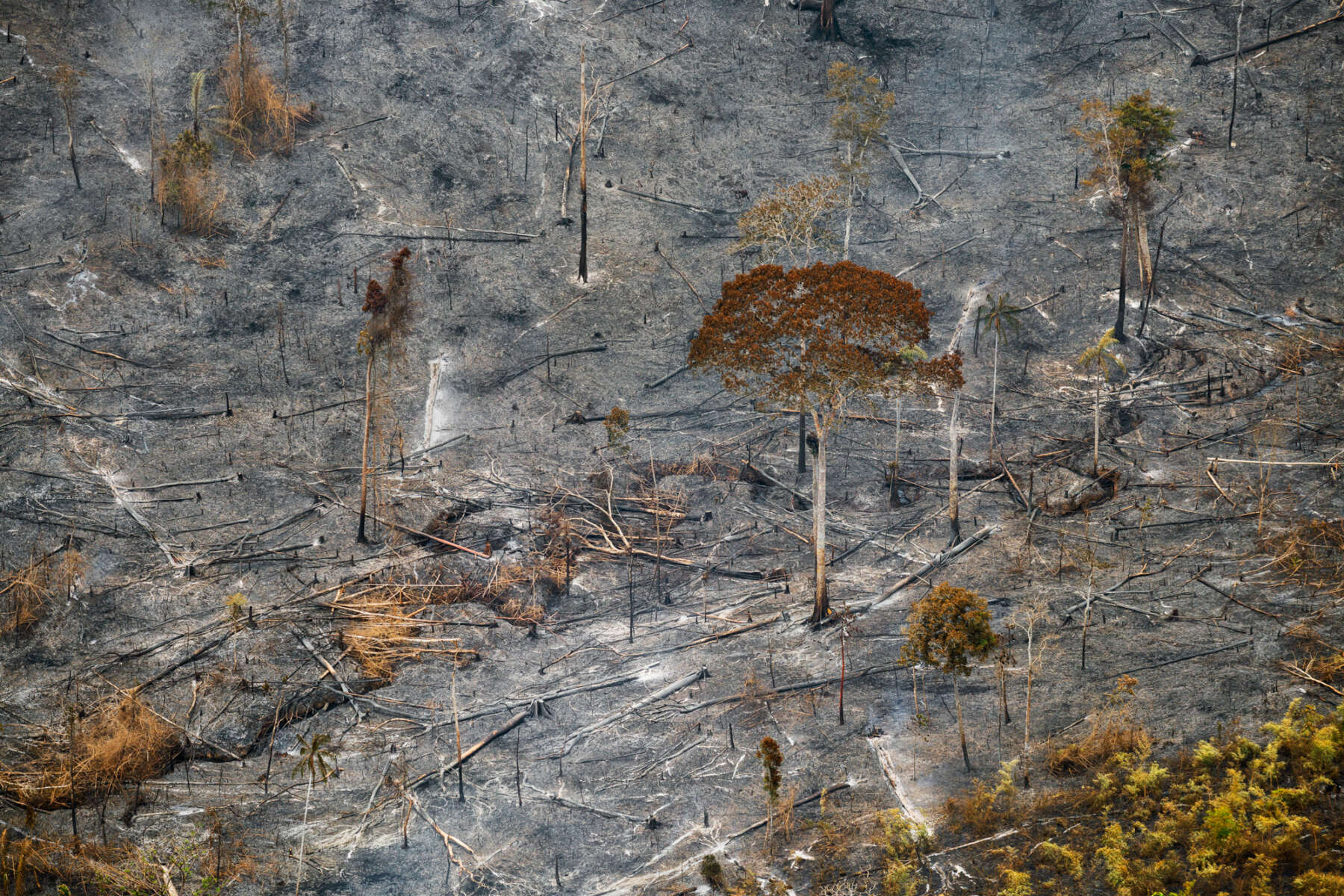

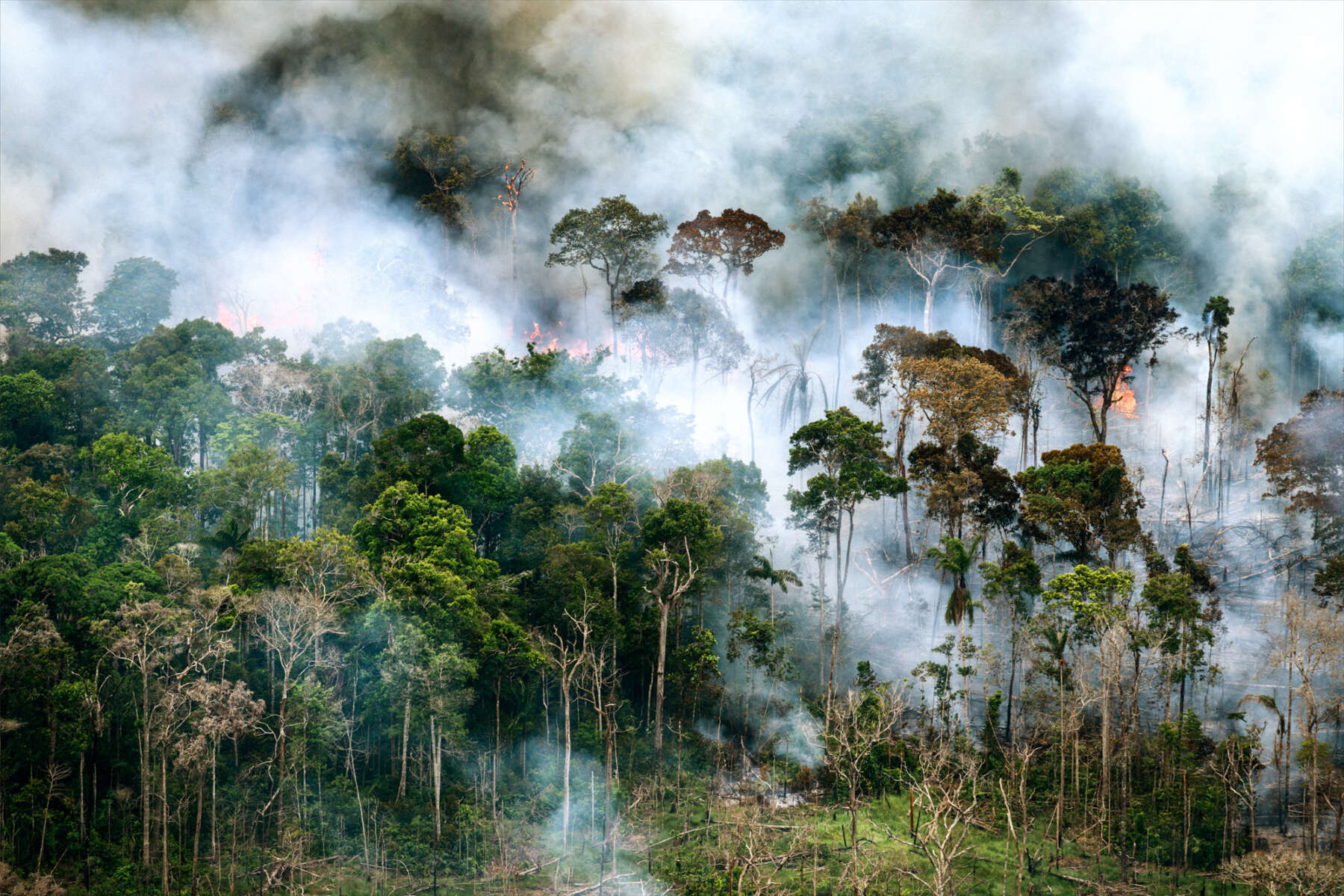
*All images are © 2023 Daniel Beltrá, unless otherwise stated.
Disclaimer: The views and opinions expressed in this interview are those of the interviewees and do not necessarily reflect the views or positions of Public Health Landscape or Valent BioSciences, LLC.
